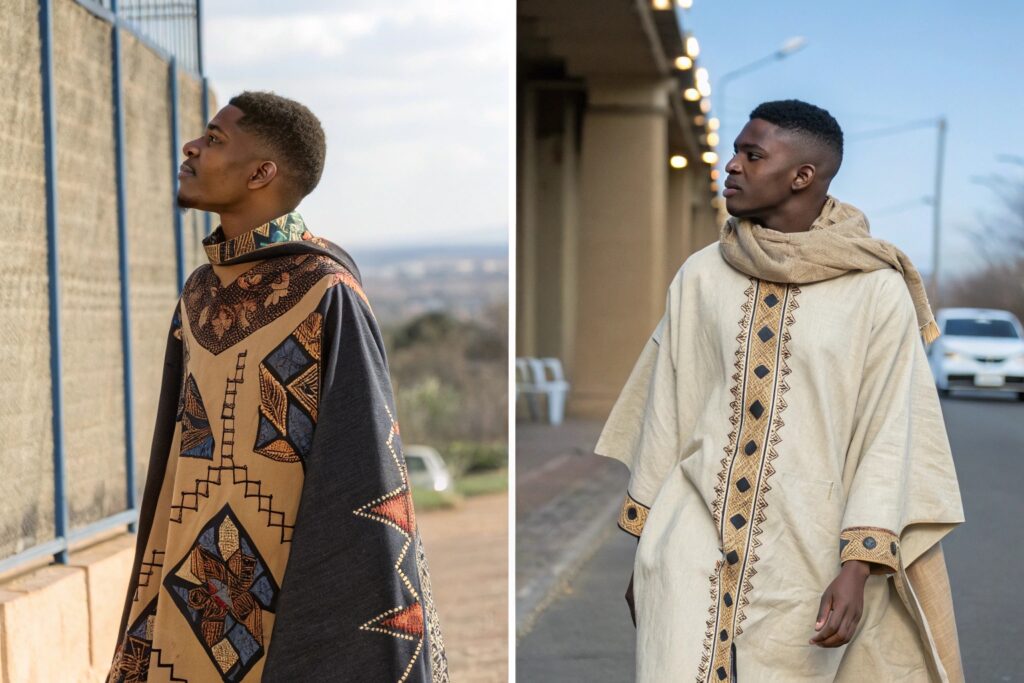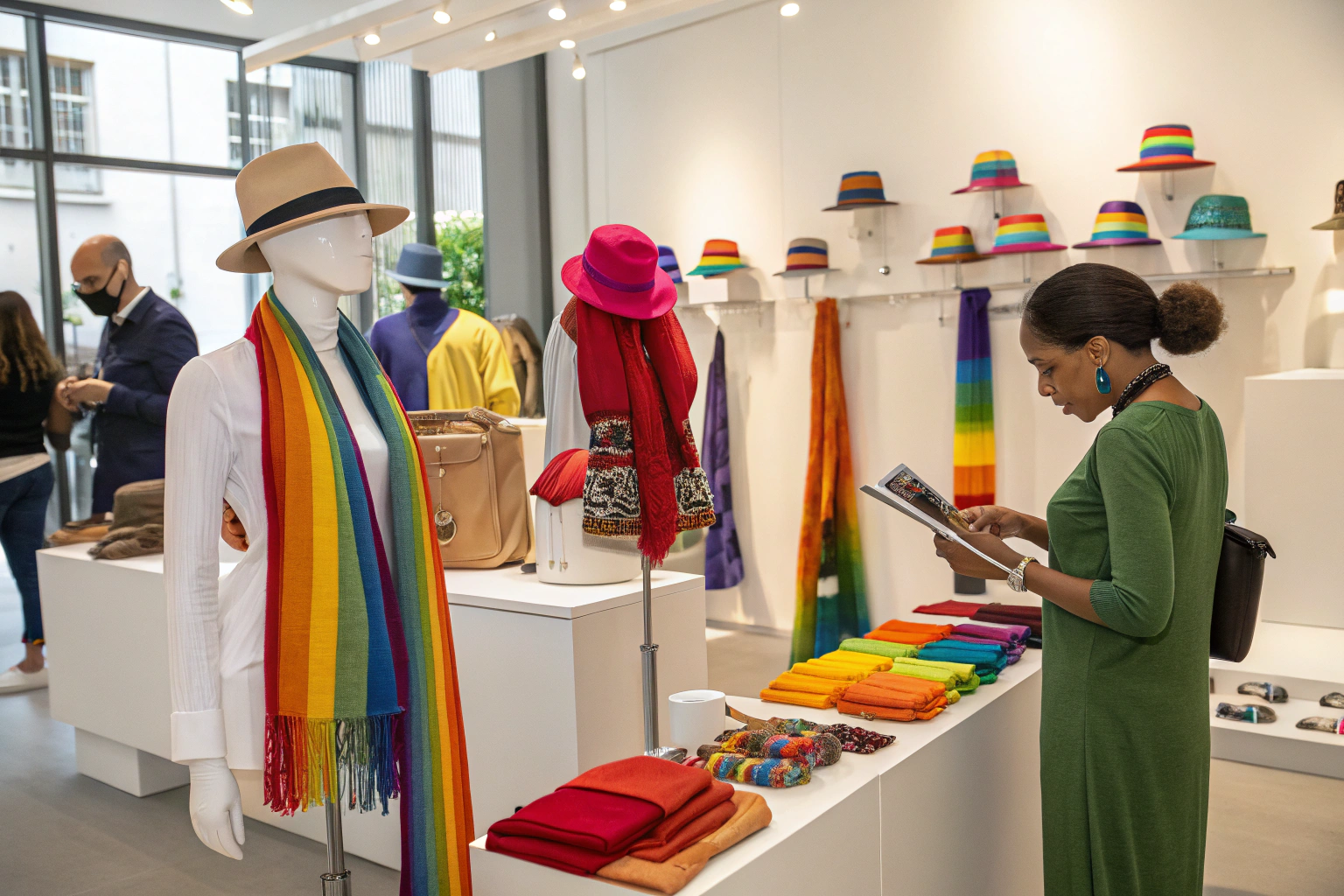Bucket hats are everywhere—on runways, in music videos, at music festivals, and across social feeds. But like many fashion pieces, their growing popularity raises an important question: Are we borrowing, celebrating, or crossing a cultural line?
Wearing a bucket hat is not inherently cultural appropriation, but context matters. Being aware of the hat's history, cultural associations, and how it’s styled is key to wearing it with respect.
Let’s break down what cultural appropriation in fashion actually means, the story behind the bucket hat, and how to wear it thoughtfully in 2024.
Understanding Cultural Appropriation in Fashion and Its Impact
Fashion has always drawn inspiration from global traditions, but there’s a difference between influence and appropriation. Cultural appropriation happens when elements from a marginalized culture are adopted—often without understanding or acknowledgment—by a dominant group.
Cultural appropriation in fashion occurs when a garment or accessory is used out of context, stripped of its cultural meaning, and worn without recognition or respect for its origins.

Why does cultural appropriation matter in fashion, and how does it impact communities?
What Makes Something Appropriation?
| Behavior | Why It’s Problematic |
|---|---|
| No credit or context | Erases cultural origins and contributions |
| Used as costume or gimmick | Trivializes lived experiences |
| Profiting without giving back | Commercializes heritage with no benefit to the culture |
| Disrespectful styling | Reinforces stereotypes or exoticism |
Fashion can absolutely celebrate culture—but it must do so mindfully, with transparency and respect. This applies to hats, hairstyles, prints, and more.
The History of the Bucket Hat and Its Cultural Significance
The bucket hat, or "fisherman hat," has a surprisingly rich history. Originally used as a utilitarian item, it has evolved across decades and cultures—shifting from rural utility to urban identity.
Bucket hats originated in early 1900s Ireland as functional headwear for farmers and fishermen. In the late 20th century, they became deeply tied to hip-hop, reggae, and Black street culture.

Where does the bucket hat come from, and why does it hold cultural weight in modern fashion?
Timeline of Cultural Adoption:
| Era/Group | Role of the Bucket Hat |
|---|---|
| 1900s Irish Farmers | Rain protection with wool felt or tweed |
| 1960s Military | Used in the Vietnam War, lightweight canvas |
| 1980s Hip-Hop | Became iconic with artists like LL Cool J |
| 1990s Reggae/Caribbean | Styled by dancehall DJs and reggae artists |
| 2000s+ Streetwear | Adopted by brands and influencers worldwide |
Why It Matters:
- For Black and Caribbean communities, the bucket hat holds nostalgic and stylistic value
- It symbolized resistance, creative identity, and cultural pride during decades of marginalization
So, while the bucket hat isn’t sacred, it’s not just a fashion afterthought either.
How to Wear a Bucket Hat Respectfully and Avoid Appropriation
I believe anyone can wear a bucket hat. But there’s a difference between wearing it for fun—and wearing it while ignoring or mocking the communities that made it iconic. Awareness is the difference between appreciation and appropriation.
To wear a bucket hat respectfully, avoid stereotyping, acknowledge its roots when appropriate, and stay clear of using it in ways that mock or commodify Black or Caribbean culture.

What should you consider before styling a bucket hat to avoid cultural insensitivity?
Respectful Fashion Checklist:
| Practice | Why It Matters |
|---|---|
| Learn the history | Shows intention and effort |
| Support original creators | Buy from Black-owned or Caribbean-led brands |
| Avoid mimicry | Don’t use accents, slang, or "costume" styling |
| Keep it authentic | Let the hat complement your style naturally |
Appreciation in Action:
- Credit the influence when posting or promoting fashion
- Uplift communities whose culture inspires your style
- Buy direct from artists or brands in those communities
Fashion is a platform. Use it to amplify—not appropriate.
When Fashion Trends Cross Cultural Boundaries: What You Should Know
Cultural exchange is not new—and it’s not inherently wrong. The problem arises when power imbalances let one culture profit from or mock another, while that same group is discriminated against for wearing it themselves.
When fashion trends cross cultures, it’s important to recognize who originated them, how they’ve been treated historically, and how to avoid repeating harm.

How do we navigate the line between fashion inspiration and appropriation when cultures blend?
Key Considerations:
| Question | Why to Ask It |
|---|---|
| Who does this trend come from? | Gives proper credit and honors heritage |
| Who profits from it today? | Avoids extractive or exploitative fashion |
| Is it portrayed respectfully? | Keeps designs from becoming caricatures |
| Am I using it as a costume? | Encourages style integration, not performance |
Do This, Not That:
- ✅ Wear a bucket hat as part of personal style
- ❌ Don’t wear it alongside stereotypes or mock expressions
- ✅ Support Black-owned hat brands
- ❌ Don’t erase or ignore the culture behind the trend
True fashion appreciation comes with humility, curiosity, and connection—not just aesthetics.
Conclusion
Wearing a bucket hat isn’t cultural appropriation by default—but how you wear it matters. When you understand its roots, respect the cultures that made it cool, and support those communities in your purchases, you’re not just wearing a hat—you’re wearing intention. And that’s always in style.










